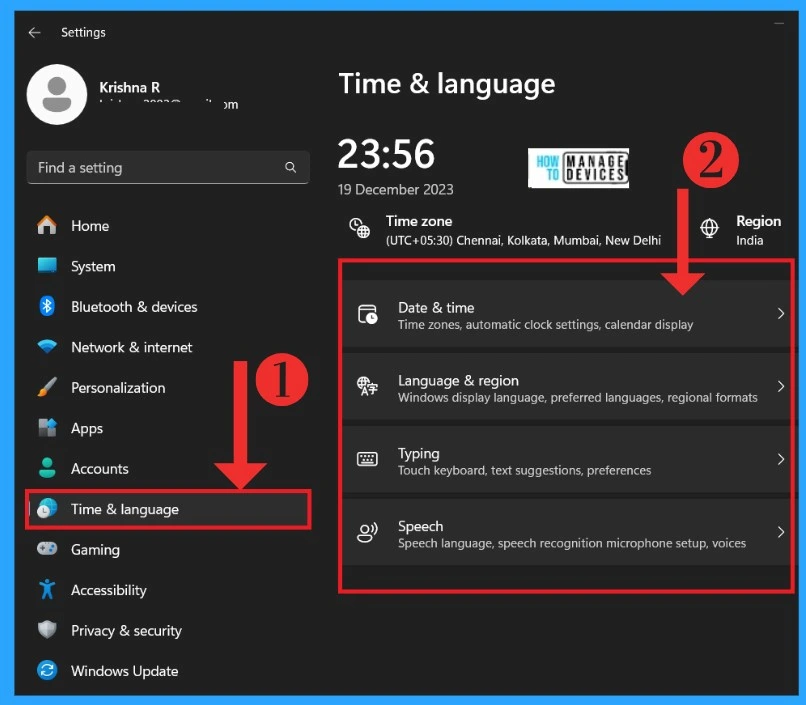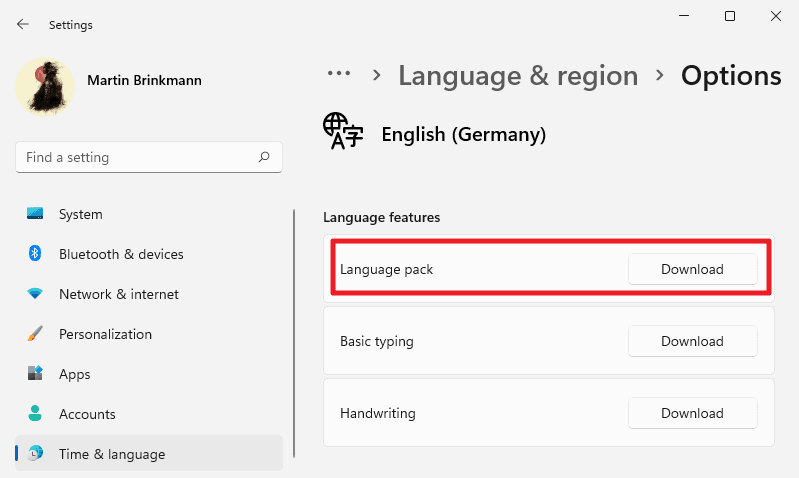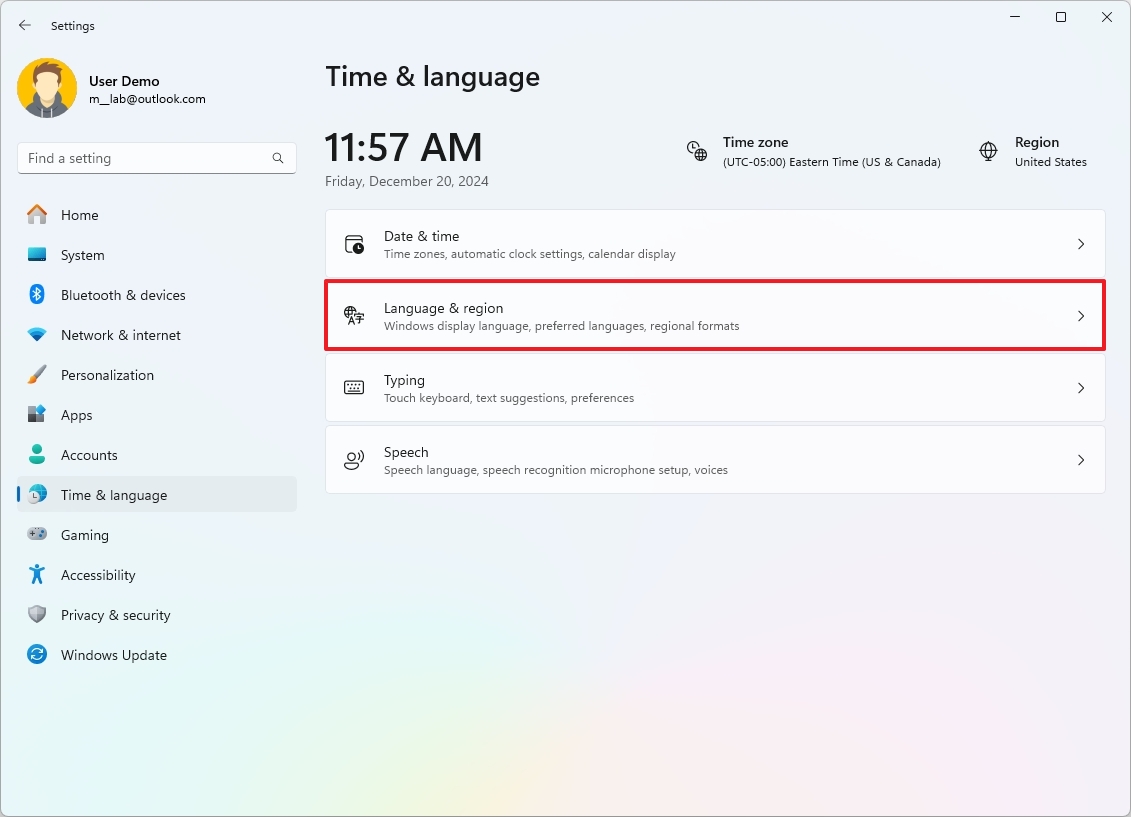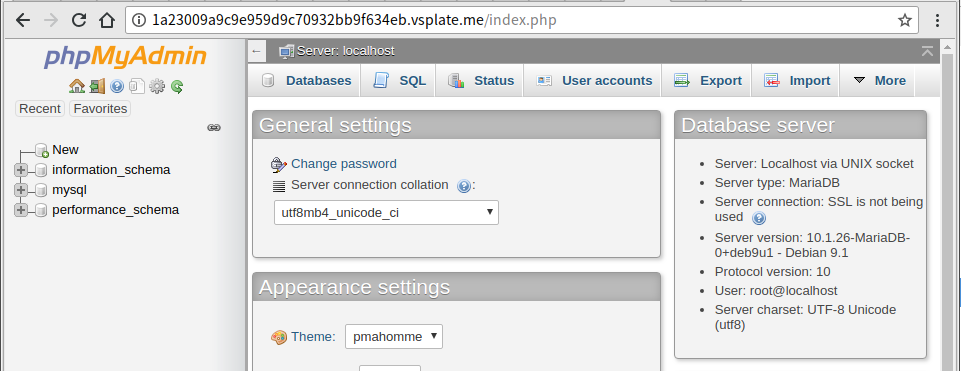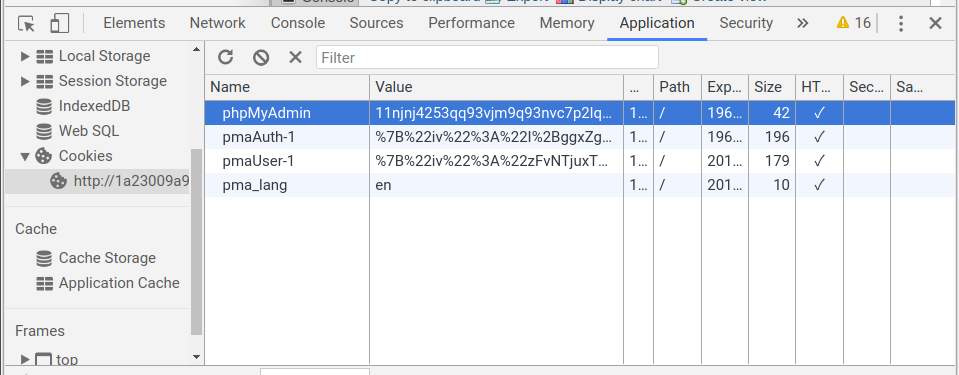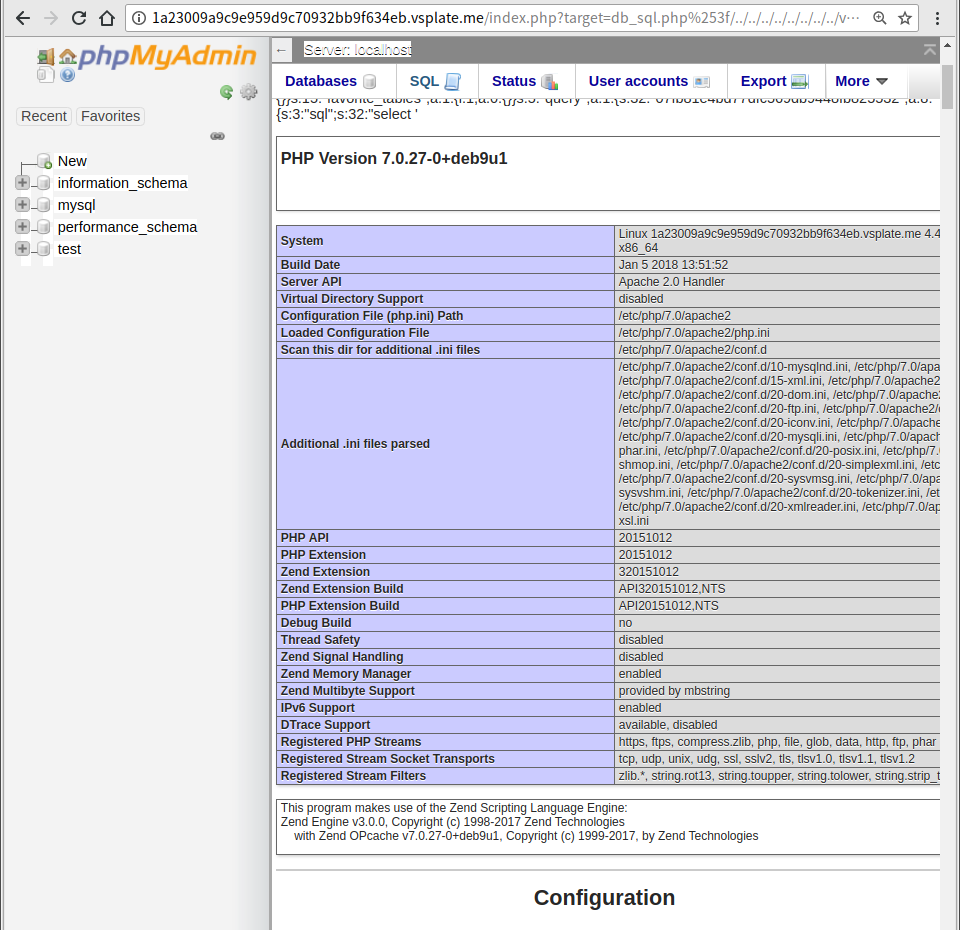Dưới đây là bản dịch song ngữ Anh–Việt của phần NSD Command Line Options mà bạn gửi. Tôi đã giữ cấu trúc gọn gàng, mỗi tùy chọn có mô tả tiếng Anh kèm theo tiếng Việt:
NSD Command Line Options
Tùy chọn dòng lệnh NSD
–adc
English: Forces ADC to run when Notes/Domino is restarted. This is triggered by leaving a file named enable.adc in the data directory. The startup code looks for this file.
Tiếng Việt: Buộc ADC chạy khi Notes/Domino được khởi động lại. Điều này được kích hoạt bằng cách để một tập tin có tên enable.adc trong thư mục dữ liệu. Mã khởi động sẽ tìm tập tin này.
–allhandles
English: Outputs system handle tables for all processes. Default is to output system handles for Notes processes only. Specifying –allhandles significantly increases log file size.
Tiếng Việt: Xuất bảng handle hệ thống cho tất cả các tiến trình. Mặc định chỉ xuất handle cho các tiến trình Notes. Chỉ định –allhandles sẽ làm kích thước file log tăng đáng kể.
–b modulepath
English: Specifies the path to locate load modules. By default, NSD looks in locations specified in the system PATH variable.
Tiếng Việt: Chỉ định đường dẫn để tìm các module nạp. Mặc định, NSD tìm ở các vị trí được định nghĩa trong biến môi trường PATH của hệ thống.
–batch
English: Runs NSD in batch mode. By default, NSD runs interactively. Useful for cron jobs, remote shells, or slow modem connections.
Tiếng Việt: Chạy NSD ở chế độ batch. Mặc định NSD chạy tương tác. Tùy chọn này hữu ích khi chạy từ cron job, shell từ xa, hoặc kết nối modem chậm.
Note / Lưu ý:
Example / Ví dụ:
nsd –batch –nolog >myfile.log
–checklevel=n
English: Memory check level for memcheck (1 = static DPOOLs, 2 = include POOLs, VPOOLs, etc.).
Tiếng Việt: Mức kiểm tra bộ nhớ cho memcheck (1 = kiểm tra DPOOL tĩnh, 2 = bao gồm POOLs, VPOOLs, v.v.).
–cmdfile commandfile
English: Provide NSD with a text file of console commands. Qualifiers can control execution timing (@preinit, @postinit, @end).
Tiếng Việt: Cung cấp tập tin lệnh NSD. Các qualifier xác định thời điểm thực thi (@preinit, @postinit, @end).
–coreflags flag,flag,flag...
English: Flags for Win32 minidump API when creating core dump. Can also use a single hex value. Default: CoreNormal.
Tiếng Việt: Các flag cho Win32 minidump API khi tạo core dump. Có thể dùng một giá trị hex duy nhất. Mặc định: CoreNormal.
–coretype type,type...
English: Determines when NSD generates core dump files (NONE, CRASH, PID, ALL). Default: PID,CRASH.
Tiếng Việt: Xác định khi nào NSD tạo core dump (NONE, CRASH, PID, ALL). Mặc định: PID,CRASH.
–crashpid pid
English: Specifies the process ID of a faulting process for prioritized stack dumping.
Tiếng Việt: Chỉ định PID của tiến trình lỗi để ưu tiên dump stack.
–crashtid tid
English: Specifies the thread ID of a faulting thread for prioritized stack dumping.
Tiếng Việt: Chỉ định TID của thread lỗi để ưu tiên dump stack.
–detach
English: Detaches NSD from attached processes during data collection. Obsolete in newer Windows versions.
Tiếng Việt: Ngắt NSD khỏi các tiến trình đã attach trong quá trình thu thập dữ liệu. Không còn cần thiết trên Windows mới.
–disasm count / –disassemble count
English: Number of instructions (0–100) to disassemble around faulting address. 0 disables disassembly. Default: 10.
Tiếng Việt: Số lệnh (0–100) để disassemble quanh địa chỉ lỗi. 0 tắt disassembly. Mặc định: 10.
–dlgopts opt
English: Controls NSD status dialog display. Options include noshow, show&h, show&d.
Tiếng Việt: Điều khiển hiển thị hộp thoại trạng thái NSD. Các tùy chọn gồm noshow, show&h, show&d.
–doannotate NSDlogname
English: Annotates stack symbols in the specified NSD log file without filtering. Output to ant.doannotate.log.
Tiếng Việt: Chú thích các symbol trong file log NSD mà không lọc. Output vào ant.doannotate.log.
–dumpandkill
English: Terminates all Notes processes after analysis. With Domino fault recovery, may restart service if run as a service.
Tiếng Việt: Kết thúc tất cả tiến trình Notes sau khi phân tích. Với Domino fault recovery, có thể khởi động lại dịch vụ nếu chạy dưới dạng service.
–dumpvars
English: Dumps all NSD environment variables and quits. Shows scope, name, value, type.
Tiếng Việt: Xuất tất cả biến môi trường NSD và thoát. Hiển thị phạm vi, tên, giá trị và kiểu dữ liệu.
–excludedprocesses name,name,...
English: Skip specified processes when collecting system handle info. Defaults: lsass.exe, hulsrvc.exe, mdm.exe.
Tiếng Việt: Bỏ qua các tiến trình được liệt kê khi thu thập thông tin handle hệ thống. Mặc định: lsass.exe, hulsrvc.exe, mdm.exe.
–filter / –filter1 NSDlogname
English: Filter and optionally annotate a NSD log file. Output to f.filter.log.
Tiếng Việt: Lọc và chú thích (tùy chọn) file log NSD. Output vào f.filter.log.
–flushlog / –flushlogwritecount count
English: Forces NSD to flush buffered log output to disk. Default count: 100.
Tiếng Việt: Ép NSD ghi dữ liệu log đã buffer ra đĩa. Số lần ghi mặc định: 100.
–fullver / –fullversion
English: Displays full NSD version info and exits. Includes Notes version, OS, CC Fix, build timestamp.
Tiếng Việt: Hiển thị thông tin đầy đủ về phiên bản NSD và thoát. Bao gồm phiên bản Notes, OS, CC Fix, thời gian build.
–handles / –hang / –help / –hostnamelookup / –info
English:
-
–handles: Limits output to process list & system handles.
-
–hang: Repeats stack and javacore dumps for hang diagnosis.
-
–help [option]: Shows help for NSD or a specific option.
-
–hostnamelookup: Maps IP to hostnames in network info.
-
–info: Limits output to system info sections.
Tiếng Việt:
-
–handles: Giới hạn output chỉ danh sách tiến trình & handle hệ thống.
-
–hang: Lặp dump stack & javacore để chuẩn đoán treo.
-
–help [option]: Hiển thị trợ giúp cho NSD hoặc một tùy chọn cụ thể.
-
–hostnamelookup: Chuyển IP sang hostname trong thông tin mạng.
-
–info: Giới hạn output chỉ các phần thông tin hệ thống.
–ini defaultINIfile
English: Specifies notes.ini file location. Only needed if not in standard location.
Tiếng Việt: Chỉ định vị trí notes.ini. Chỉ cần nếu không ở vị trí chuẩn.
–kill
English: Kills all Notes/Domino processes in current "partition". Logs limited info.
Tiếng Việt: Kết thúc tất cả tiến trình Notes/Domino trong "partition" hiện tại. Log chỉ chứa thông tin hạn chế.
–language / –lang / –nsdlanguage
English: Specifies NSD language for strings lookup. Default: en-US.
Tiếng Việt: Chỉ định ngôn ngữ NSD để tra cứu chuỗi. Mặc định: en-US.
–lno / –nolog / –nomemcheck / –noparms / –noperf / –noshortstacks
English: Options to include line numbers, disable logging, skip memory check, skip stack params, skip performance data, skip short stack handling.
Tiếng Việt: Bao gồm số dòng, tắt logging, bỏ kiểm tra bộ nhớ, bỏ param stack, bỏ dữ liệu hiệu năng, bỏ xử lý short stack.
–p pid / –pn processname / –parms / –parmsize / –perf / –ps
English: Attach to PID or processname, dump thread stacks, optionally parameters, performance, process summary.
Tiếng Việt: Attach vào PID hoặc tên tiến trình, dump thread stack, tùy chọn param, hiệu năng, tóm tắt tiến trình.
–qjit / –refresh / –remote_drives / –repeat / –runtime
English:
-
–qjit: Reports Just-in-Time Debugger settings.
-
–refresh: Refresh interval (ms) for interactive mode.
-
–remote_drives: Output remote drives status.
-
–repeat: Number of times to dump logs for hang diagnosis.
-
–runtime: Max runtime in seconds before force termination.
Tiếng Việt:
-
–qjit: Báo cáo thiết lập Just-in-Time Debugger.
-
–refresh: Khoảng refresh (ms) khi chạy tương tác.
-
–remote_drives: Xuất trạng thái ổ đĩa từ xa.
-
–repeat: Số lần dump log để chuẩn đoán treo.
-
–runtime: Thời gian tối đa chạy trước khi kết thúc cưỡng bức.
–shortstackdumpsize / –shortstackframethreshold / –shortstacks
English: Configure truncated stack dumping. Default threshold: 5 frames. Default stack type: fatalonly.
Tiếng Việt: Cấu hình dump stack bị cắt. Ngưỡng mặc định: 5 frames. Loại stack mặc định: fatalonly.
–showcancelwarning / –spawnmemcheck / –stacks
English:
-
–showcancelwarning: Display confirmation dialog on cancel.
-
–spawnmemcheck: Run memcheck in separate child process.
-
–stacks: Limit output to thread stacks of current instance.
Tiếng Việt:
-
–showcancelwarning: Hiển thị hộp thoại xác nhận khi nhấn Cancel.
-
–spawnmemcheck: Chạy memcheck ở tiến trình con riêng.
-
–stacks: Giới hạn output chỉ thread stack của instance hiện tại.
–svcinst / –svclog / –svcreport / –svcstart / –svcstop / –svcuninst
English: Install, start, stop, log, or uninstall NSD Win32 service. Only for Windows Notes/Domino.
Tiếng Việt: Cài đặt, khởi động, dừng, ghi log, hoặc gỡ dịch vụ NSD Win32. Chỉ dùng trên Windows Notes/Domino.
–syslog / –syslogdates / –sysloggroup / –syslogsev
English: Configure reporting of Windows event logs in NSD logs. Can limit by dates, group, or severity.
Tiếng Việt: Cấu hình báo cáo Windows event log trong NSD. Có thể giới hạn theo ngày, nhóm, hoặc mức độ nghiêm trọng.
–termstatus
English: Return code to use when killing processes via fault recovery. Default: 1.
Tiếng Việt: Mã trả về khi kết thúc tiến trình qua fault recovery. Mặc định: 1.
–ver / –version
English: Displays NSD version string.
Tiếng Việt: Hiển thị chuỗi phiên bản NSD.
–verboselevel
English: 1–4, controls verbosity. Level 4 outputs memory blocks in hex (use caution).
Tiếng Việt: 1–4, điều khiển mức chi tiết output. Mức 4 xuất bộ nhớ theo hex (cẩn thận vì log sẽ rất lớn).
–watchlog / –watchlogrepeat / –watchlogsize / –watchlogwait
English: Watch tail of NSD log during execution. Useful for detecting loops, hangs, or long processing.
Tiếng Việt: Quan sát phần cuối của log NSD khi chạy. Hữu ích để phát hiện vòng lặp, treo, hoặc chạy quá lâu.
END









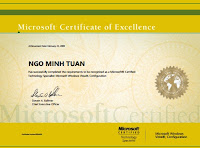






 7:52 AM
7:52 AM
 MISDUONG
MISDUONG

 Posted in:
Posted in: 